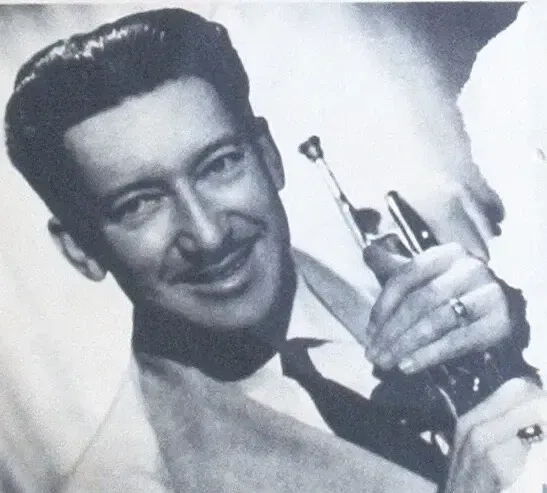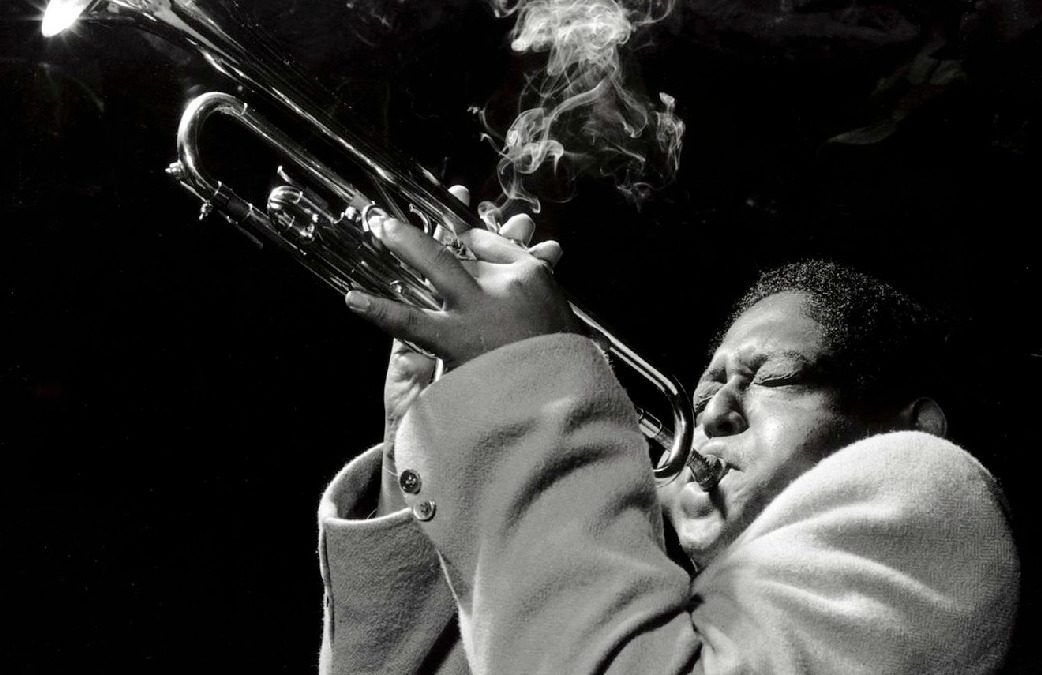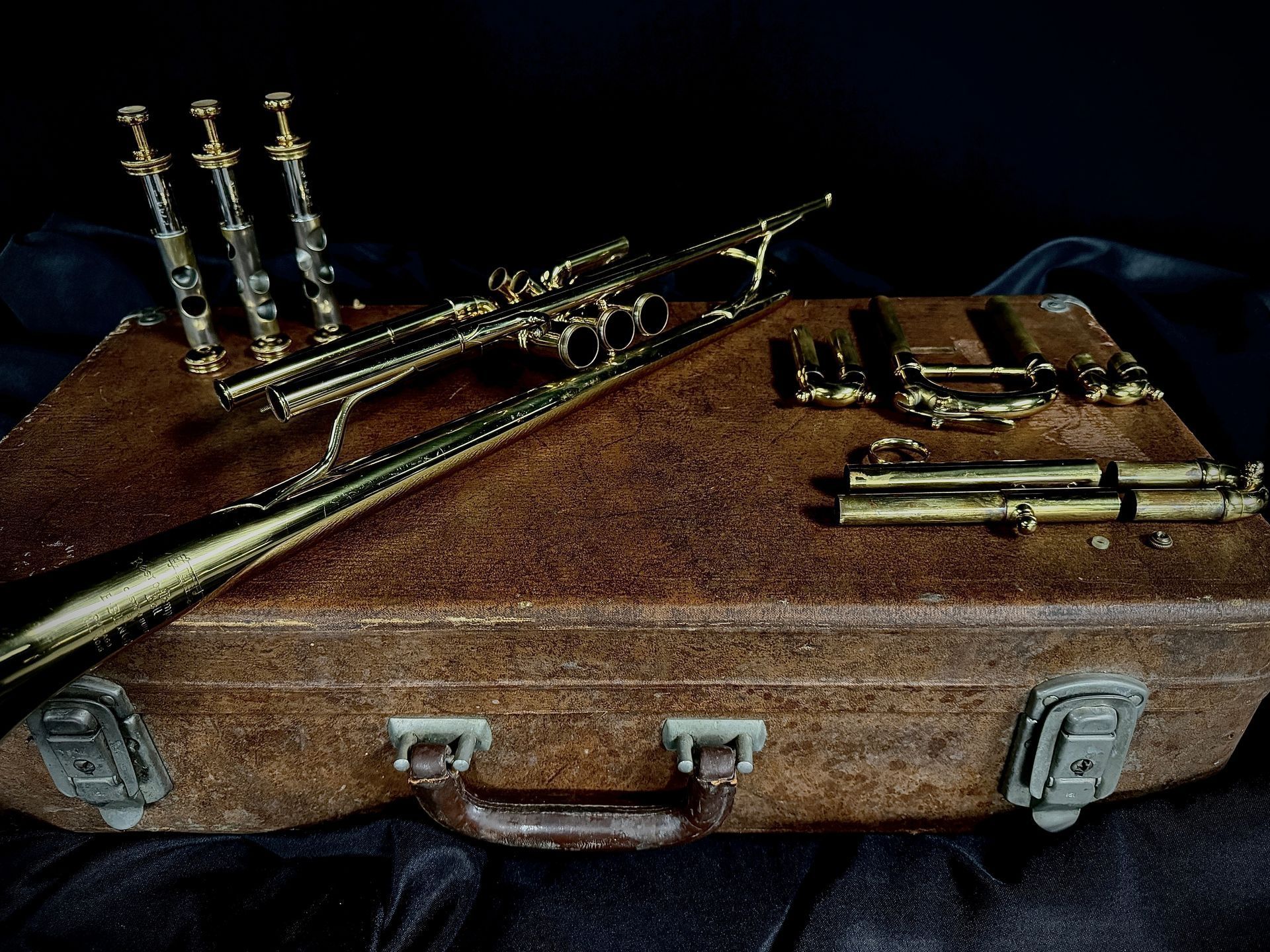Resources for Benge Fanatics
Resources for Benge Fanatics
I bought my first Benge trumpet in high school. I bought it used from a local music store. I didn't know it then, but it was a very early LA Benge 3X. In the early 1990s, a trumpet friend of mine purchased a shiny new Benge trumpet. My used Benge and his bright, shiny Benge were the only two Benge trumpets I had seen up to that point.
After a few months and some "shrewd" negotiating, I convinced him to trade his virtually new Benge for my old, used one. I was frankly surprised that he jumped at the chance. I wish this was the only stupid mistake I had made in my life!
As you probably already know if you're reading this, the early 1990s UMI Benges were - let's just say - generally not as good as the LA Benges built in the early 1970s.
After playing the mediocre UMI Benge for a few months, I considered asking my friend if he'd be willing to trade back to our original horns. I didn't have the guts. We both knew who got best end of that deal!
I consider this episode the "Origin Story" for my love of Benge.
Since that time I have bought, played, restored, and sold hundreds of vintage Benge trumpets. One of my customers remarked a few months ago, "you probably have the largest Benge collection on the entire planet." I hadn't really thought of that and I'm not sure it's accurate. But my love of all things Benge has certainly taken me on an interesting journey where I have owned every Benge model ever advertised from the Chicago, Burbank, and LA periods.
As my passion for Benge heritage has grown, I've stumbled onto several Benge resources that I have found helpful. I thought I'd pass some of them on to you in hopes you don't make the same mistakes I've made along the way!
- Benge Trumpet Fanatics (Facebook Group)
- Joe Lill's Benge Resource Site
- History of Elden Benge (EverythingTrumpet.com)
- Elden Benge Wikipedia Page
- Benge Timeline (BrassHistory.net)
- A Tale of Two Burbanks (Bryan Douglas)
A New Resource: "The Benge Bot"
AI (Artificial Intelligence) is impacting more and more of our daily lives. Some of it is helpful, some of it is annoying, and some of it is - let's face it - kind of scary.
But it can also be a lot of FUN. I have created a new custom GPT with ChatGPT. It is trained on a wide variety of Benge data, including - with his permission - Joe Lill's exhaustive database of Benge facts, specs, purchase dates, serial numbers, etc.
You can ask the Benge Bot things like:
- What is the history behind the Benge trumpet brand and its founder?
- What are the key differences between Chicago Benge trumpets and those produced in Burbank?
- Who were some of the famous trumpet players that used Benge trumpets?
- What are the defining characteristics of a Los Angeles Benge trumpet?
- When did Benge start and stop manufacturing trumpets in Los Angeles?
- What serial number ranges correspond to Chicago, Burbank, and Los Angeles Benge trumpets?
- What are the major design and production changes that occurred when Benge moved from Chicago to Burbank?
- How did the ownership and management of Benge trumpets change over the years?
- What makes the Burbank Benge trumpets highly sought after by collectors?
- Who is the last recorded owner of Benge Serial Number 6729?
Anyone who has ever experimented with AI, knows that it is prone to make mistakes or state things as "facts" that are - in fact - not facts at all! So experiment with the Benge Bot with that in mind. But, it's a fun little tool for all the Benge nerds out there (like me).
All you need is a free ChatGPT account. (Sign up or login here: https://chatgpt.com/)
Once you're logged in, follow this link to the Benge Bot: https://chatgpt.com/g/g-r8W3vH7R1-benge-trumpet-bot
And finally, here is a gallery with some vintage Benge ads and catalog pages:
We'll be adding to this post from time to time. Feel free to bookmark this page. If you have any Benge questions or suggestions for this page, feel free to email store@heritagetrumpets.com
Don't forget to take a look at the Benges on our site!









